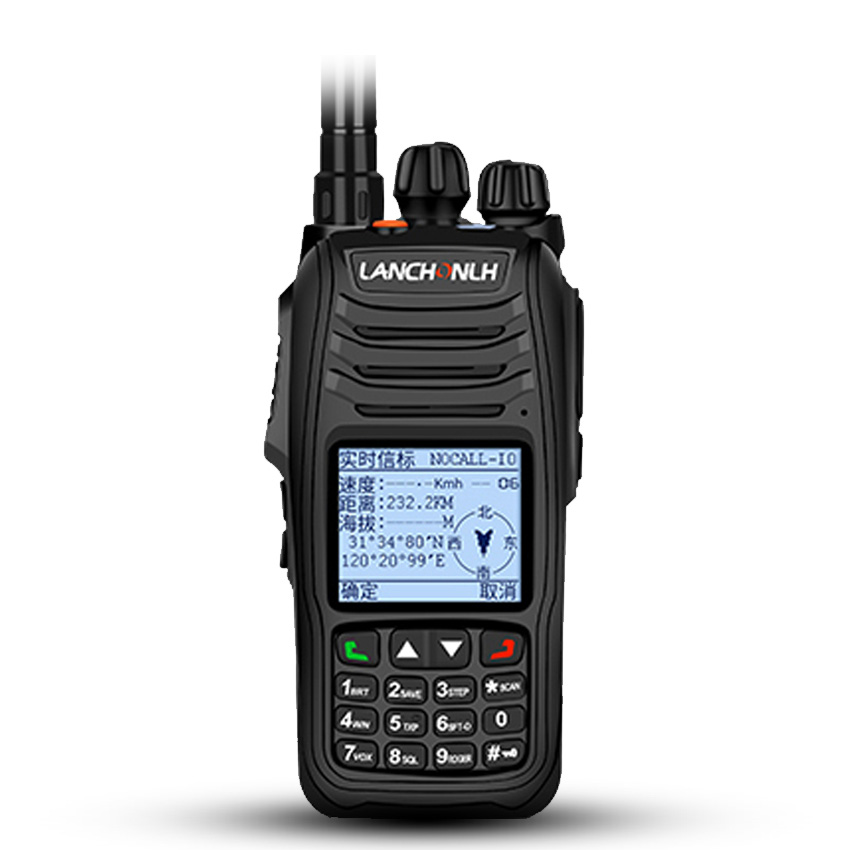
- English
- Español
- Português
- русский
- Français
- 日本語
- Deutsch
- tiếng Việt
- Italiano
- Nederlands
- ภาษาไทย
- Polski
- 한국어
- Svenska
- magyar
- Malay
- বাংলা ভাষার
- Dansk
- Suomi
- हिन्दी
- Pilipino
- Türkçe
- Gaeilge
- العربية
- Indonesia
- Norsk
- تمل
- český
- ελληνικά
- український
- Javanese
- فارسی
- தமிழ்
- తెలుగు
- नेपाली
- Burmese
- български
- ລາວ
- Latine
- Қазақша
- Euskal
- Azərbaycan
- Slovenský jazyk
- Македонски
- Lietuvos
- Eesti Keel
- Română
- Slovenski
- मराठी
- Srpski језик
What are the grades of explosion proof walkie talkies?
2025-07-15
The grading system of explosion proof walkie talkies is the core standard for ensuring communication safety in hazardous environments. Its classification covers three dimensions: level, segment, and group. Each dimension corresponds to a specific explosion risk scenario. Only accurate matching can build a solid safety line of defense.
Level: Risk level classification according to the form of explosives
The Roman numerals Ⅰ, Ⅱ, and Ⅲ correspond to different forms of explosive substances. Level Ⅰ is for gas and vapor environments, such as gasoline, natural gas, propane, etc., which are mixtures with air and are the category with the highest explosion risk; Level Ⅱ is suitable for dust environments, including suspended particles such as metal dust (aluminum powder) and organic dust (plastic powder); Level Ⅲ is for fiber or flying catkin environments, such as combustible fibers such as cotton wool and linen. From Level Ⅰ to Level Ⅲ, the explosion energy and diffusion speed decrease in turn, but all require special explosion-proof designs.
Segment: Defining scenarios according to the frequency of occurrence of hazardous environments
It is divided into 1 segment (Zone 1) and 2 segments (Zone 2). Section 1 refers to places where flammable and explosive environments may exist continuously or frequently during normal operation, such as oil tank areas at gas stations and reactor workshops at chemical plants. Such scenarios require walkie-talkiess to have continuous explosion-proof capabilities; Section 2 refers to areas where dangerous environments only occasionally appear during equipment failure or abnormal operation, such as the periphery of oil depots and gas pipeline inspection routes. The explosion-proof requirements are slightly lower than Section 1, but they still need to meet safety protection requirements in the event of sudden danger.
Group: Protection level subdivided by material explosion characteristics
According to the difficulty of ignition and explosion intensity of explosive materials, they are divided into 7 groups from A to G, and the explosion-proof requirements decrease from A to G.
Group A: for acetylene, its minimum ignition energy is only 0.02mJ, which is the most dangerous group;
Group B: covers hydrogen, water gas, etc., ignition energy ≤0.019mJ, easily ignited by tiny sparks;
Group C: includes ethylene, ether, acetaldehyde, etc., ignition energy 0.06~0.25mJ;
Group D: involves common petrochemical gases such as propane, acetone, methane, natural gas, ignition energy ≥0.25mJ;
Group E: for metal dust such as aluminum powder and magnesium powder, with high combustion temperature and easy to reignite;
Group F: suitable for carbon-based dust such as coal dust and carbon black;
Group G: corresponding to grain dust such as flour and starch, with relatively low explosion pressure.
Explosion proof walkie talkies are designed to meet the needs of each group through differentiated design. For example, Group A/B needs to use intrinsically safe circuits (energy ≤ 0.01mJ), and Group D can use flameproof housings (withstand 1.5MPa impact). In addition, industry regulations require that explosion proof walkie talkies be returned to the factory for re-inspection after 1-2 years of use. More than 30 tests such as pressure tests and spark tests are performed to re-confirm the explosion-proof level to ensure that the protection performance does not decay during long-term use.
This multi-dimensional classification allows explosion proof walkie talkies to accurately respond to risks in all scenarios from high-risk gases to low-risk dust, and is the technical cornerstone for safe communication of personnel in hazardous environments.




